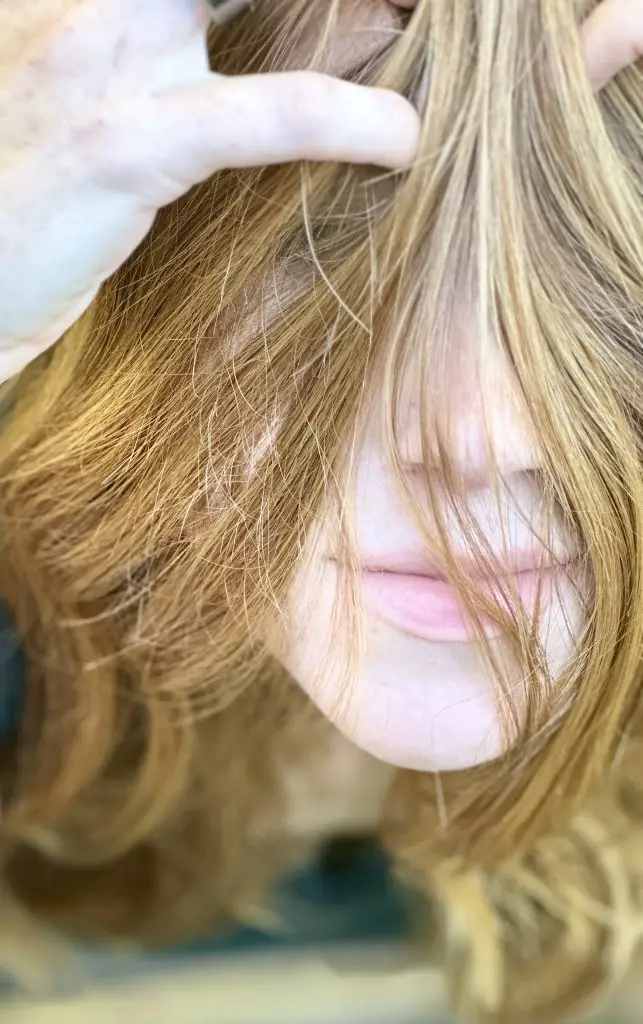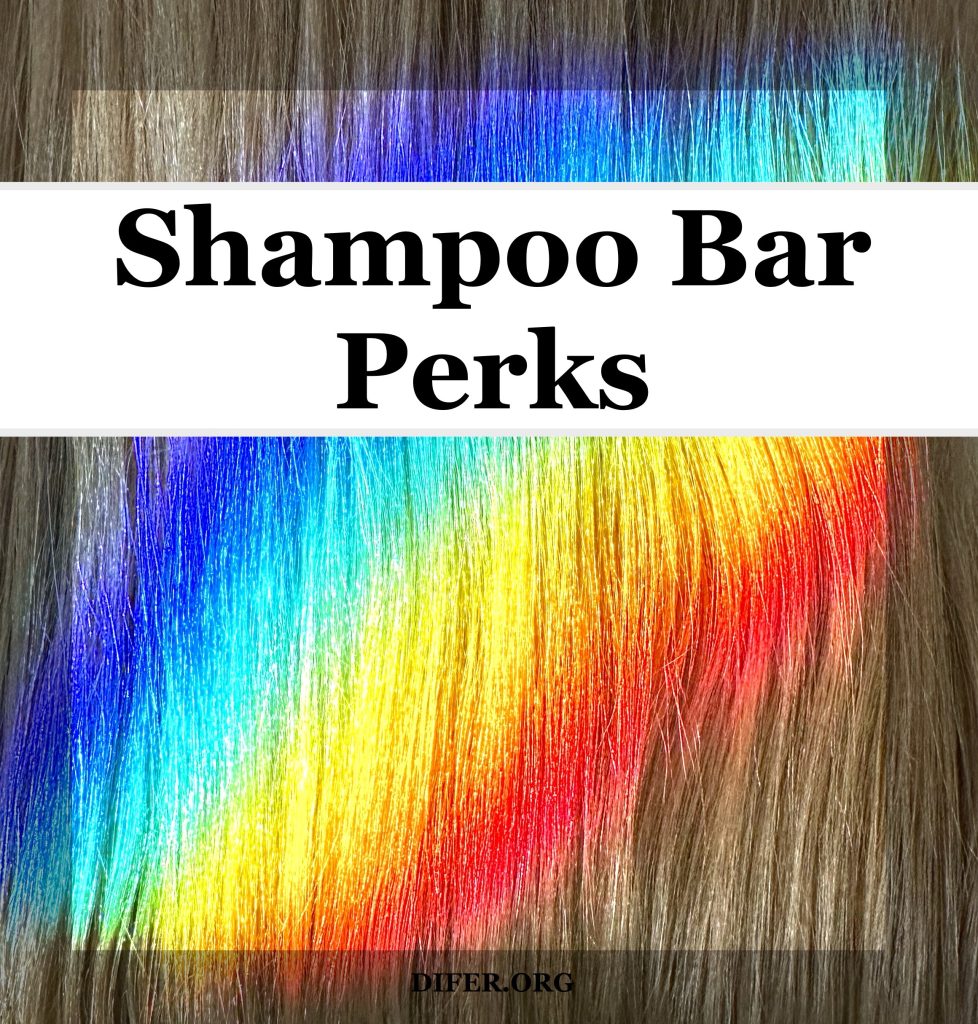Shampoo bars are a fantastic eco-friendly alternative to traditional liquid shampoos. They reduce plastic waste, are travel-friendly, and contain natural ingredients that are gentle on the hair and scalp. Using a shampoo bar instead of traditional liquid shampoo from bottles can be a more affordable and eco-friendly enjoyable experience for several reasons:
1. Environmental Benefits
- Less Plastic Waste: Shampoo bars typically come in minimal, recyclable packaging, often just a paper or cardboard box, significantly reducing plastic waste.
- Reduced Carbon Footprint: Shampoo bars are often more concentrated than liquid shampoo, meaning less product is needed for the same number of washes. This reduces the carbon footprint associated with transportation and manufacturing.
2. Convenience and Longevity
- Travel-Friendly: Shampoo bars are compact and solid, making them easier to pack and travel with, without the risk of leaking.
- Long-Lasting: Because they are concentrated, shampoo bars generally last longer than liquid shampoos. A single bar can replace multiple bottles of liquid shampoo.
3. Quality and Ingredients
- Natural Ingredients: Many shampoo bars are made with natural, organic ingredients and free from harsh chemicals, sulfates, and parabens, which can be better for your hair and scalp.
- Tailored Formulas: Shampoo bars are often formulated for specific hair types and concerns, providing targeted care.
4. Aesthetic and Sensory Experience
- Tactile Pleasure: Using a shampoo bar can feel more natural and satisfying than squeezing shampoo out of a bottle. The lathering process can be more enjoyable and soothing.
- Aroma: Shampoo bars often have a pleasant, natural scent from essential oils and botanicals, enhancing the sensory experience of washing your hair. They can also be scent-free for a more natural experience.
5. Economic Benefits
- Cost-Effective: Shampoo bars last a lot longer and the upfront is still low meaning you save money.
6. Less clutter
- Less Plastic Waste: Shampoo bars take up less room than bottles so there’s less clutter in your shower.
Shampoo Bars are a more satisfying and sustainable hair routine choice for these reasons and more, but don’t take my word for it. Try it for yourself!
Tips for Using a Shampoo Bar
- Wet Your Hair and the Bar:
- Ensure your hair is thoroughly wet before applying the shampoo bar. Wet the bar slightly to help create a lather.
- Create Lather:
- Rub the shampoo bar between your hands to create a lather. You could also gently rub the bar directly onto your scalp and hair in the direction of the follicle, focusing on the roots. A little goes a long way and you don’t need to shampoo your hairs ends.
- Massage and Rinse:
- Gently massage the lather into your scalp and hair as you would with liquid shampoo. Rinse thoroughly with water.
- Store Properly:
- After use, store the shampoo bar in a dry place, preferably on a soap dish with drainage, to ensure it dries out between uses. This helps prolong the bar’s lifespan.
- Adjusting Period:
- If you’re switching from liquid shampoo, your hair may go through an adjustment period. Give it a few washes to get used to the new routine. It can take up to a month for your hair to adjust to using a shampoo bar, because it needs to remove built-up residues from synthetic ingredients in liquid shampoos and balance its natural oils. It can initially make hair feel different, but stick with it. It is worth it!
Handmade Vegan Shampooing Soap for Skin and Hair
Pros of Using a Shampoo Bar
- Eco-Friendly: Reduces plastic waste and packaging.
- Travel-Friendly: Compact and leak-proof, making it ideal for travel.
- Cost-Effective: Often lasts longer than liquid shampoo.
- Natural Ingredients: Typically made with fewer chemicals and more natural ingredients.
- Minimal Waste: Less water content compared to liquid shampoo, reducing shipping weight and carbon footprint.
- Less clutter: Takes up less space in the shower than liquid shampoo.
Cons of Using a Shampoo Bar
- Storage: Needs proper drying to prevent it from becoming mushy.
- Adjustment Period: Hair may take time to adjust if you’re switching from liquid shampoo.
- Hard Water Issues: May not lather well in hard water and might leave a residue.
Great Results
- Healthy Hair: Many users report shinier, healthier hair due to the natural ingredients.
- Volume: Shampoo bars can add volume and body to the hair.
- Scalp Health: Improved scalp condition with fewer irritants.
My personal experience with shampoo bars has been incredible! My hair looks and feels better! It took about a month for my hair to adjust and was more oily at the roots for the first week. After a month of adjusting, my hair became lighter, smoother, silkier, less oily, and less damaged. Plus, I’m saving money, reducing my carbon-foot print by not using wasteful plastic bottles and harmful chemicals, my shower is less cluttered, and my hair is more beautiful and manageable. I’m loving the results!

Liquid shampoos often contain various chemicals that can be harmful to your hair and overall health. Here are some of the most common harmful ingredients found in liquid shampoos:
1. Sulfates
- Examples: Sodium lauryl sulfate (SLS), sodium laureth sulfate (SLES)
- Impact: Sulfates are surfactants that create a foamy lather, but they can strip the hair of its natural oils, leading to dryness, irritation, and damage to the hair and scalp.
- Sources:
2. Parabens
- Examples: Methylparaben, propylparaben, butylparaben
- Impact: Parabens are preservatives used to extend the shelf life of products, but they can disrupt hormone function by mimicking estrogen, potentially leading to breast cancer and reproductive issues.
- Sources:
3. Phthalates
- Examples: Diethyl phthalate (DEP)
- Impact: Used to enhance fragrance and flexibility, phthalates are endocrine disruptors that can affect reproductive health and increase the risk of birth defects.
- Sources:
4. Formaldehyde and Formaldehyde-Releasing Preservatives
- Examples: DMDM hydantoin, imidazolidinyl urea, diazolidinyl urea
- Impact: Formaldehyde is a known carcinogen that can cause allergic reactions, skin irritation, and respiratory issues.
- Sources:
5. Synthetic Fragrances
- Examples: Fragrance (parfum)
- Impact: Synthetic fragrances can contain hundreds of undisclosed chemicals, leading to allergic reactions, skin irritation, and potential hormone disruption.
- Sources:
Frighting Fragrances
6. Silicones
- Examples: Dimethicone, cyclomethicone
- Impact: Silicones coat the hair to provide a smooth appearance, but they can build up over time, leading to dullness, dryness, and difficulty in managing hair.
- Sources:
7. Polyethylene Glycols (PEGs)
- Examples: PEG-12, PEG-40 hydrogenated castor oil
- Impact: PEGs are used as thickeners, solvents, and softeners. They can be contaminated with toxic impurities like ethylene oxide and 1,4-dioxane, which are potentially carcinogenic.
- Sources:
By being aware of these harmful chemicals and opting for products free from these ingredients, you can maintain healthier hair and reduce potential risks to your overall health.
By following these tips and understanding the pros and cons, you can enjoy the benefits of using a shampoo bar while contributing to a more sustainable lifestyle.
Handmade Vegan Shampooing Soap for Skin and Hair




